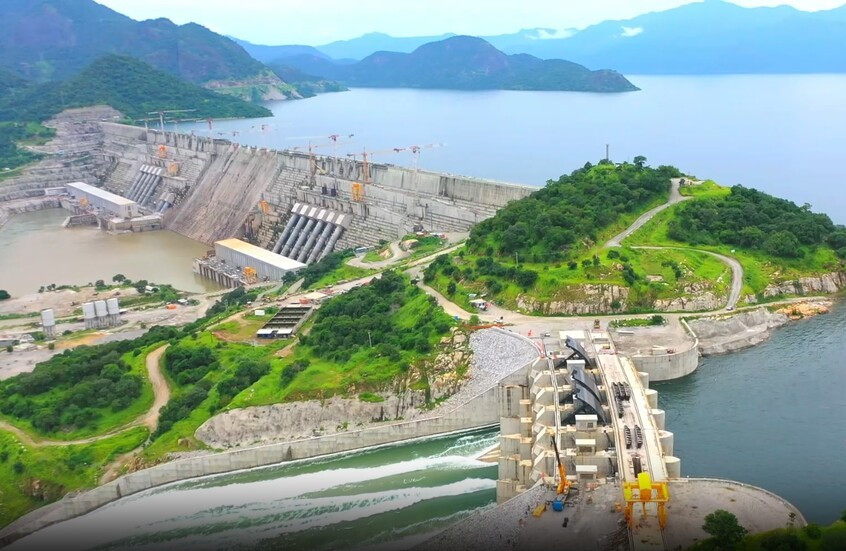Water expert warns: The Ethiopian Renaissance Dam threatens Egypt and Sudan with a water disaster

International water resources expert Dr. Khaled Abu Zeid warned that the absence of a binding agreement between Egypt, Sudan, and Ethiopia regarding the operation of the Renaissance Dam threatens the water supply to the downstream countries, leading to significant risks ranging from reservoir droughts to sudden floods in Sudan, with losses reaching 5 billion cubic meters annually due to the reserve lake behind the dam.
Abu Zeid, the regional director of water resources at the International Sedari Organization, explained that Ethiopia's unilateral management of the dam complicates the management of Sudanese and Egyptian dams, pointing out that the lack of binding legal agreements for operation, filling, and discharging leads to current flood scenarios in Sudan and affects the water planning of the downstream countries.
It is noteworthy that the Ethiopian Renaissance Dam began construction in 2011 on the Blue Nile at a cost of $5 billion, and it is the largest hydropower dam in Africa with a production capacity of 5,150 megawatts. The fifth filling was completed in October 2024, and it was officially inaugurated on September 9, 2025, in the presence of regional leaders, amid ongoing tensions with Egypt and Sudan, both of which rely on the Nile for 85% and 97% of their water supplies, respectively.
Abu Zeid warned that high storage behind the dam and significant losses reduce the water flows reaching Lake Nasser and increase risks to Sudanese dams such as Roseires and Sennar, especially in drought years, calling for the necessity of consultation and coordination among the three countries to avoid water disasters.